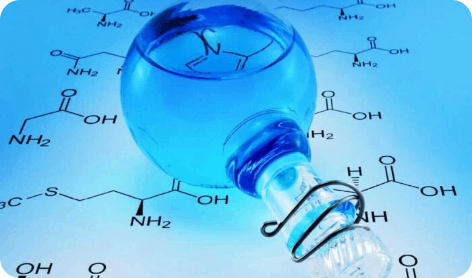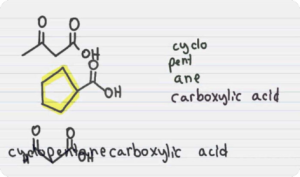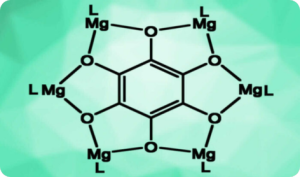Description
Course Contents
- Acid dissociation constants, Ka and the use of pKa
- Base dissociation constants, Kb and the use of pKb
- The ionic product of water, Kw
- pH: choice of pH indicators
- Buffer solutions
- Solubility product; the common ion effect and complex ion formation
Learning Outcomes
Candidates should be able to:
- (a) explain qualitatively the differences in behaviour between strong and weak acids and bases in terms of the extent of dissociation
- (b) explain the terms pH; Ka ; pKa ; Kb ; pKb ; Kw and apply them in calculations, including the relationship Kw =KaKb
- (c) calculate (H+ (aq)) and pH values for strong acids, weak monobasic (monoprotic) acids, strong bases, and weak monoacidic bases [Calculations involving weak acids/bases will not require solving of quadratic equations]
- (d) describe the changes in pH during acid-base titrations and explain these changes in terms of the strengths of the acids and bases
- (e) explain the choice of suitable indicators for acid-base titrations, given appropriate data
- (f) (i) explain how buffer solutions control pH
- (ii) describe and explain their uses, including the role of H2CO3 /HCO3– in controlling pH in blood
- (g) calculate the pH of buffer solutions, given appropriate data
- (h) show understanding of, and apply, the concept of solubility product, Ksp
- (i) calculate Ksp from concentrations and vice versa
- (j) discuss the effects on the solubility of ionic salts by the following:
- (i) common ion effect
- (ii) formation of complex ion, as exemplified by the reactions of halide ions with aqueous silver ions followed by aqueous ammonia (see also Section 13)





